Thomson’s death was ruled an accident by a coroner who never even saw the body. It was believed his canoe had struck a deadhead (submerged log), throwing him overboard. Some thought his death was suicide, but he loved his work, was becoming a successful artist and reportedly had just become engaged.
Questions arose. How did he get the 10-centimeter bruise on his temple? Why was there blood in one ear, and why was air coming from his lungs if he had drowned? If he was murdered, who did it?
To this day, theories abound. People have suggested that German spies, poachers or a rival for his girlfriend could have killed him. Perhaps his favourite paddle, which was never found, was a murder weapon.
At different times in 1977, both Ronald Pittaway and journalist Roy MacGregor interviewed Daphne Crombie, who knew Thomson and the others living at Canoe Lake. She told them that her friend, Annie Fraser, told her that her husband Shannon, who owed Thomson money, got in a fight with Thomson during a drinking party and hit him. Thomson fell, hit his head on the fire grate and was knocked unconscious. Shannon Fraser panicked and put Thomson in his canoe, then towed it onto the lake and overturned it.
This contradicts an eyewitness who said he saw Thomson paddle away just after noon on July 17, but the man was a quarter-mile away at the time. Was it Thomson he saw, or Fraser?


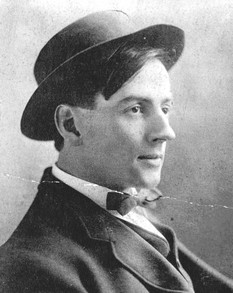
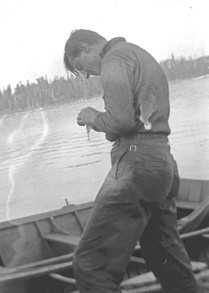
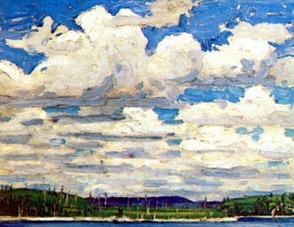
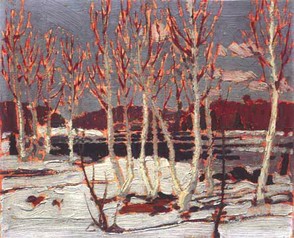
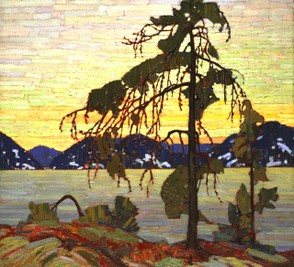
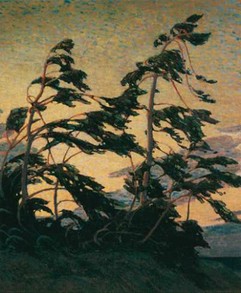
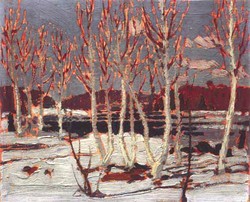

 Versatile Nova Scotia Duck Tolling Retrieverson 08/02/2014
Versatile Nova Scotia Duck Tolling Retrieverson 08/02/2014
 Should You Spay or Neuter Your Puppy?on 08/12/2014
Should You Spay or Neuter Your Puppy?on 08/12/2014
 Horse Racing History: the Preakness Stakeson 05/15/2014
Horse Racing History: the Preakness Stakeson 05/15/2014
 Dinosaurs Will Be On Display in Trenton, Ontario, Canadaon 07/29/2013
Dinosaurs Will Be On Display in Trenton, Ontario, Canadaon 07/29/2013

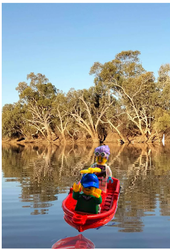
Comments
Enjoyed this article. The painting of the jack pine is one I have on a leaflet which I have framed as I really like it. I knew nothing about the artist before this, so thanks very much. I do like his paintings.